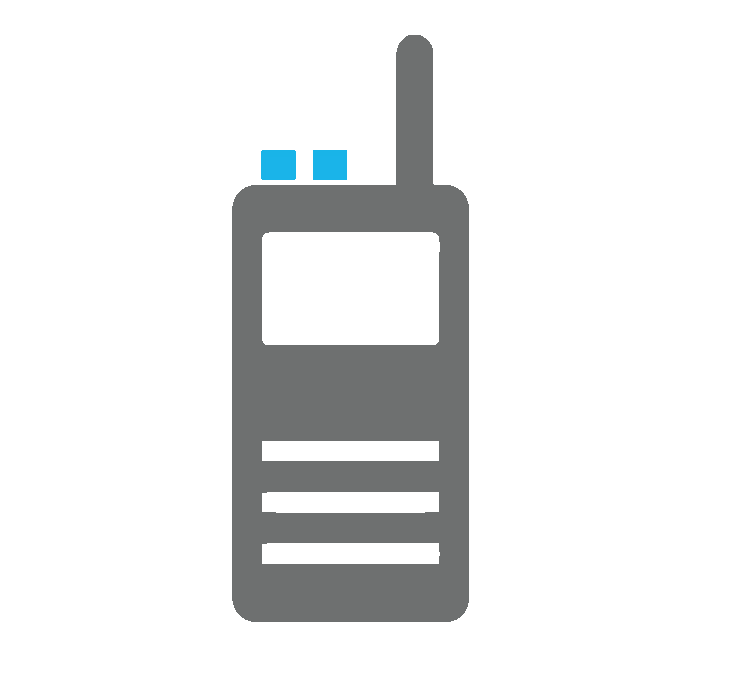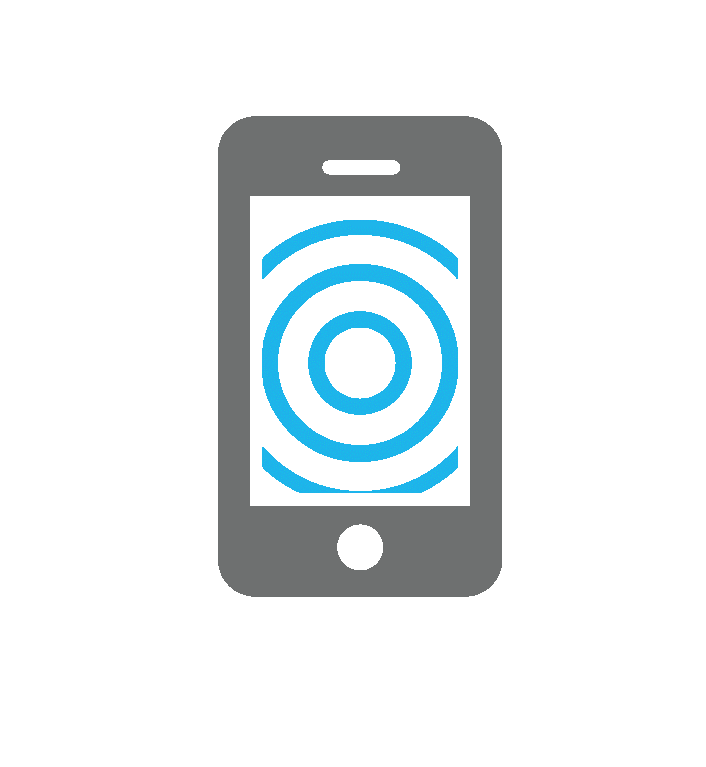
DECT-based LWP
The market is awash with DECT systems for ramping up mobility and keeping employees connected throughout the workplace. The most sophisticated DECT devices may offer features for protecting lone workers (LWP) when necessary.
ALERT is embedded with a broad array of drivers for interconnecting with most professional DECT systems (Alcatel, Ascom, Mitel, Cisco, Spectralink, etc.), meaning that it is capable of sending out information to devices, while receiving and processing their LWP alarms.
DECT networks are driven by a vast micro-cellular network of devices or access points, which allows ALERT to easily and quickly pinpoint alarms issued by a LWP DECT device.

